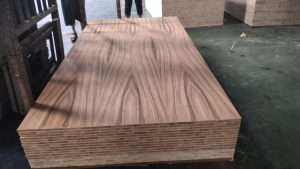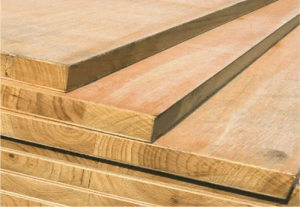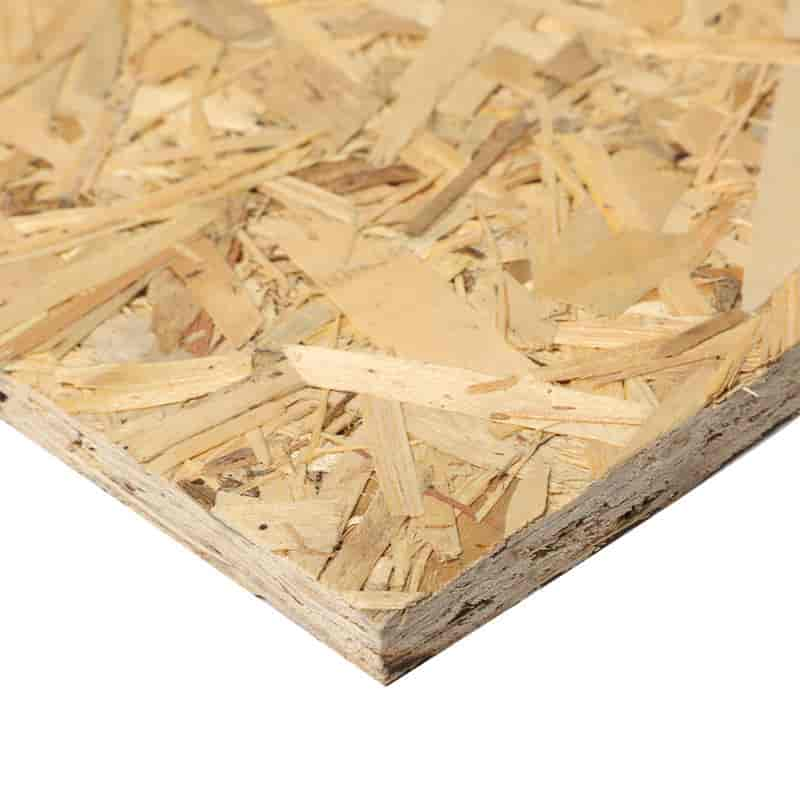Introduction
The ecological boards are known for their sustainability and eco-friendliness, but like any other building material, they can also have some quality issues. These common problems can affect the appearance, durability, and overall performance of the boards, making it essential for homeowners and builders to be aware of them. In this article, we will discuss some of the most common quality problems associated with ecological boards.

Common Quality Problems
One of the most significant quality problems that ecological boards can face is warping. This issue occurs when the boards absorb moisture from the environment, leading to swelling and bending. Warping not only affects the aesthetic appeal of the boards but can also compromise their structural integrity. To prevent warping, it’s crucial to store the boards in a dry place and ensure proper ventilation during installation.
Another common quality problem is delamination, which refers to the separation of the layers that make up the board. This issue can be caused by poor manufacturing processes, exposure to high moisture levels, or improper installation techniques. Delamination weakens the board and can lead to cracking, splitting, and even complete failure. Ensuring that the boards are installed correctly and maintaining appropriate moisture levels can help prevent delamination.

Discoloration is another potential issue with ecological boards. This problem occurs when the boards are exposed to ultraviolet (UV) light, causing them to fade or yellow over time. While this issue may not impact the board’s functionality, it can significantly affect its aesthetic appeal. Applying a UV-resistant coating or paint can help protect the boards from discoloration.
Bubbling and blistering are additional quality concerns that can occur during or after installation. These problems typically arise due to trapped air or moisture between the board and the substrate. Proper preparation of the substrate, ensuring adequate ventilation, and using an adhesive that is compatible with the board can help prevent these issues.

Lastly, ecological boards may be susceptible to fungal decay, especially if they are made from organic materials such as wood fibers. Prolonged exposure to damp conditions can create an ideal environment for mold and mildew growth, which can damage the board and pose health risks. Regular inspection, good ventilation, and prompt treatment of any moisture issues can help prevent fungal decay.
Conclusion
While ecological boards offer numerous benefits for homeowners and builders alike, it’s important to be aware of their potential quality problems. By being vigilant about proper storage, installation techniques, and maintenance, you can help ensure that your ecological boards maintain their beauty, durability, and eco-friendliness for years to come.

